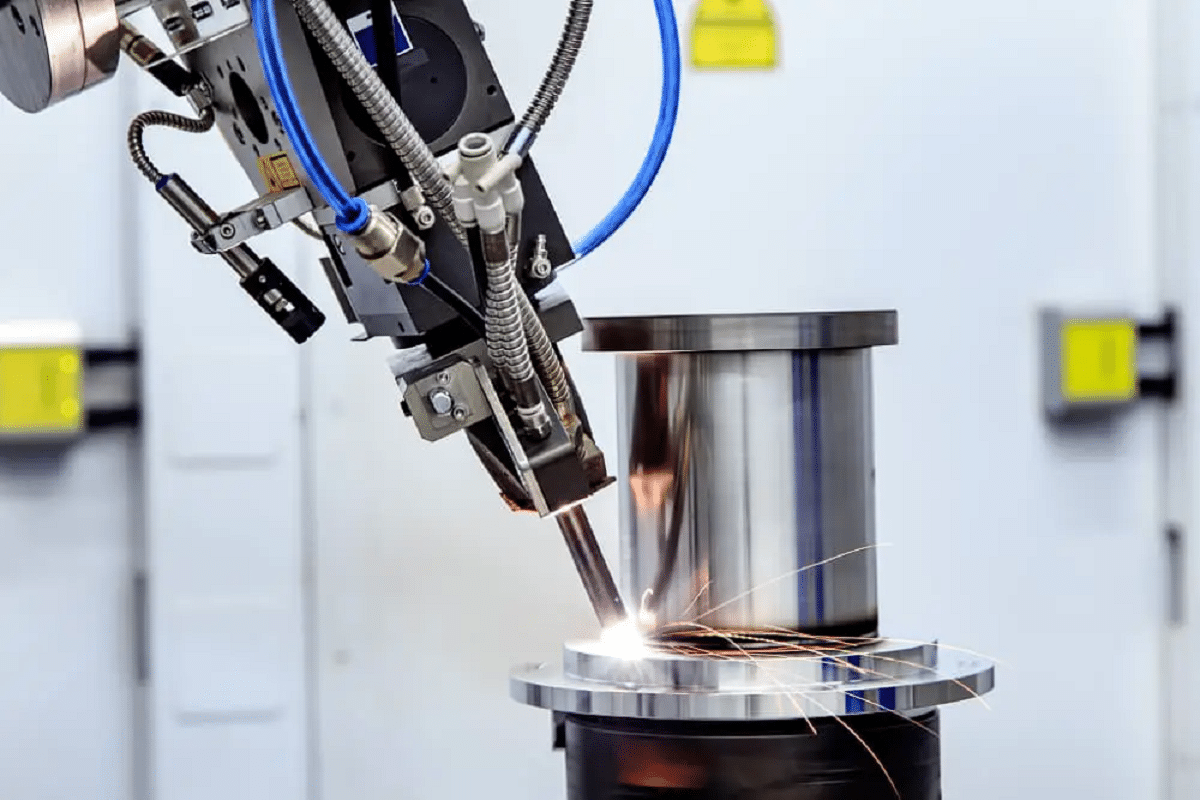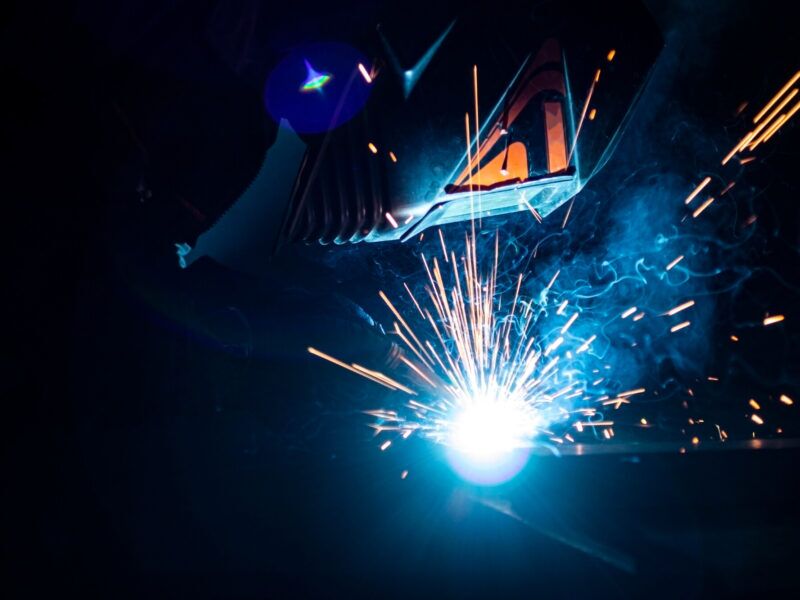A Comprehensive Overview to Identifying, Stopping, and Mending Undercut Welding Troubles in Your Welding Jobs
In the realm of welding, running into undercut problems is an usual difficulty that can jeopardize the architectural integrity and overall quality of your welding projects. Keep tuned as we check out the vital elements of determining, protecting against, and repairing undercut welding troubles, offering you with valuable understandings and strategies to elevate your welding abilities to the following level.
Common Reasons of Undercut Welding
Undercut welding, an usual concern in welding procedures, can be triggered by various variables that need to be very carefully determined and addressed to guarantee the honesty of the weld joint. One of the primary sources of undercut welding is excessive heat input. When the welding parameters, such as voltage, existing, or travel speed, are not properly established, an excessive quantity of warm can be generated. This excess warm leads to the melting and subsequent removal of the base product along the sides of the weld joint, producing a groove referred to as undercut.
Another typical cause of undercut welding is improper welding strategy. Recognizing these root causes and implementing corrective procedures is crucial in avoiding and correcting undercut welding troubles in welding jobs.
Identifying Undercut in Welds

To identify undercut properly, appropriate lighting and zoom tools are vital to check the weld joint thoroughly. Utilizing tools such as a welding scale or a magnifying glass can assist in detecting also the tiniest undercut flaws. Furthermore, running a finger or a fingernail along the weld joint can sometimes reveal undercut, as the surface area may feel irregular or have a dip where the undercut exists.
Safety Nets for Undercut
Having a deep understanding of the reasons of undercut in welds enables for the application of effective precautionary measures to maintain weld top quality and integrity. These setups should be enhanced to avoid excessive heat input, which can lead to damage development.

Methods for Fixing Undercut

Raising the welding current or lowering the traveling speed can assist fill in the undercut. Furthermore, altering the welding strategy from a press to a drag or vice versa can additionally assist decrease undercut.
One more strategy is to use a weaving motion while welding to guarantee proper sidewall fusion and fill in the undercut. By oscillating the welding arc back and forth within the weld joint, the welder can deposit extra filler material right into the undercut locations, efficiently getting rid of the issue.
Furthermore, grinding out the undercut and rewelding the joint can be a feasible service for extra extreme undercut problems - Preventing weld undercut. This procedure entails removing the undercut area, preparing the base metal, and after that rewelding the joint with correct welding criteria and techniques to avoid undercut from repeating

Specialist Tips for Preventing Undercut
Making use of appropriate welding techniques and keeping control over essential welding criteria are essential methods for welders aiming to avoid undercut in their weld joints. One expert tip for staying clear of undercut is to make certain proper joint preparation. This entails cleansing the base metal thoroughly to check my blog eliminate any kind of contaminants that could bring about damage formation. Additionally, picking the appropriate welding process and filler steel for the details application can assist prevent undercut. Welders need to likewise pay attention to the welding existing and voltage setups, ensuring they are within the advised variety to avoid overheating and possible undercut. Keeping a consistent travel speed during the welding process is one more important idea to prevent undercut. By relocating at a consistent pace, welders can make sure correct combination and lower the possibility of undercut formation. Inspecting the weld grain after completion can assist recognize any indications of undercut very early on, allowing for immediate restorative activity to be taken.
Conclusion
Finally, identifying, avoiding, and fixing undercut welding troubles in your welding tasks is vital for making certain strong and resilient welds. Preventing weld undercut. By understanding the typical sources of undercut, being able to identify it in welds, carrying out safety nets, and utilizing appropriate techniques for taking care of undercut, you can stay clear of potential problems and develop top quality welds. Following professional tips for avoiding undercut can help you boost your welding abilities and generate better outcomes in your projects
Undercut welding, a typical concern in welding procedures, can be created by different factors that require to be meticulously recognized and resolved to guarantee the stability of the weld joint. Furthermore, running a finger or a finger nail along the weld joint can in some cases disclose undercut, as the surface area might really feel uneven or have a dip where the undercut exists.
Utilizing correct welding techniques and preserving control over essential welding criteria are home critical techniques for welders intending to protect against undercut in their weld joints.In verdict, identifying, avoiding, and taking care of undercut welding issues in your welding tasks is critical for making certain durable and strong welds. By recognizing the usual causes of undercut, being able to determine it in welds, executing preventative steps, and using correct methods for fixing undercut, you can prevent possible concerns and produce high-quality welds.
Comments on “Professional Approaches for Preventing Weld Undercut Properly”